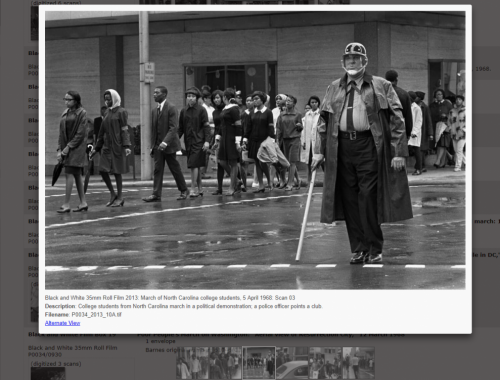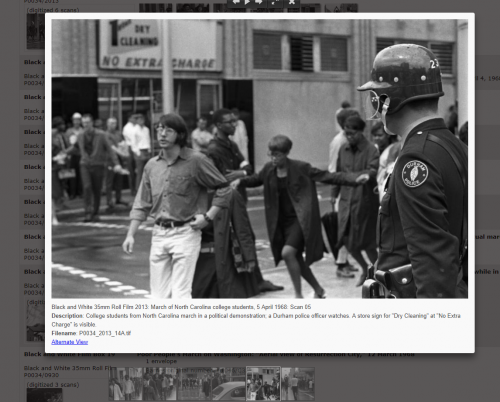1. True or false: Until “Birth of a Nation” — the movie version of Thomas Dixon’s “The Clansman” — it never occurred to the Ku Klux Klan to burn crosses.
2. What ship at the center of an international incident in 1975 began its existence as a Liberty Ship built in Wilmington during World War II?
3. “The allurement that women hold out to men is precisely the allurement that Cape Hatteras holds out to sailors: They are enormously dangerous, and hence enormously fascinating.” Who said it — H.L. Mencken, A.J. Liebling or Andy Rooney?
4. After the death of Stonewall Jackson his horse, Little Sorrel, spent more than 20 years on the Lincoln County farm owned by Jackson’s father-in-law, making appearances at fairs and Confederate veteran reunions. Where did Little Sorrel go after that?
5. What acclaimed musician’s real first name was Arthel?
Answers….
1. True. Dixon had included a pivotal cross-burning in his novel to support the Klan’s supposed link to clans in Medieval Scotland that burned crosses on hillsides to rally troops before battle.
2. The Mayaguez, a U.S. container ship captured by communist Khmer Rouge guerrillas three days after it strayed into Cambodian waters.
3. Mencken.
4. Little Sorrel was shipped by rail to the Virginia Military Academy in Lexington, where Jackson had taught before the war. When the horse died he was stuffed and put on display at the VMI Museum. In 1997, the Daughters of the Confederacy reclaimed Little Sorrel’s bones from the taxidermist, burned them and buried them in front of the Jackson statue near the parade grounds.)
5. Doc Watson of Deep Gap.




